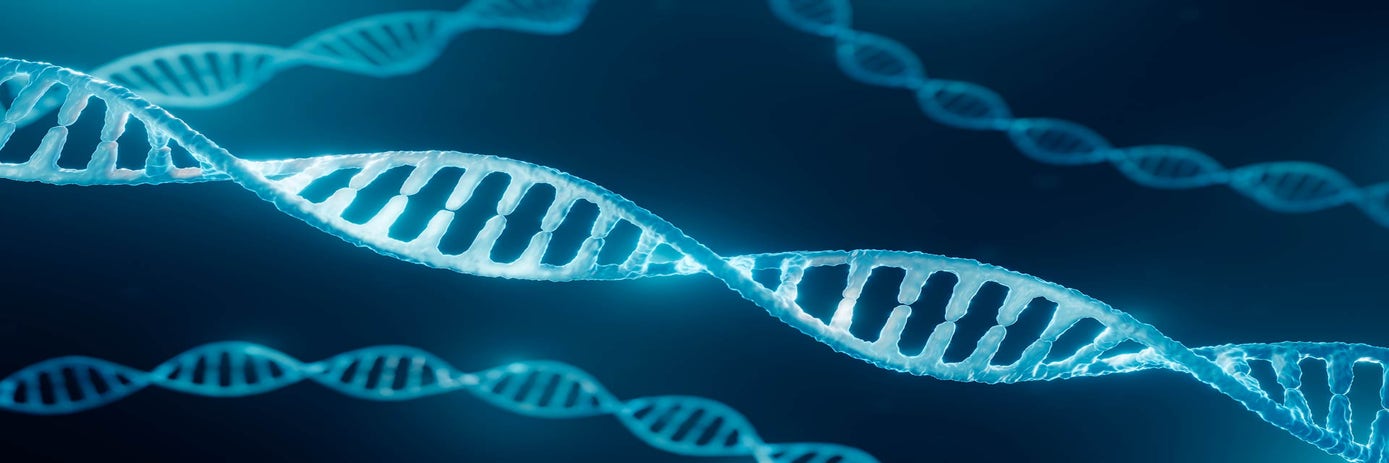
The process of isolating and purifying DNA or RNA molecules from a complex mixture, such as cells, tissues, or biological fluids is a crucial step in various aspects of biological research. A good starting quality of nucleic acids is imperative for the success of downstream analysis such as DNA sequencing, gene expression analysis, and biomarker studies.
The overall goal of nucleic acid separation is to obtain pure and intact DNA or RNA samples for subsequent analysis. This can be achieved using several methods, from chemical extraction approaches utilizing silica-based spin columns or magnetic beads to physical techniques such as centrifugation, electrophoresis, or filtration. Automated platforms are also available for high-throughput nucleic acid separation, providing advantages in terms of consistency, efficiency, and reduced hands-on time.
The choice of extraction and purification method depends on factors such as the nucleic acid type (DNA or RNA), the source of the sample, and the desired purity level. Regardless of the chosen method, purified nucleic acid samples need to be suitable for the desired downstream applications without any interference from contaminants.
The rise of automated nucleic acid purification platforms
Automated nucleic acid purification has become popular in laboratories and research settings, driven by the need for increased efficiency, reproducibility, and scalability in molecular biology workflows. Automated approaches also address many of the challenges associated with manual methods, including the risk of human error, sample contamination, and workflow efficiency.
Some of the key advantages of automating the process include:
- Increased downstream success: Automated nucleic acid purification efficiently extracts high molecular weight DNA that performs more reliably in challenging downstream assays, including long read sequencing.
- Consistency and reproducibility: Automation eliminates variations introduced by manual handling and reduces the risk of human error associated with repetitive pipetting and handling steps. This ensures consistent and reproducible results, which are crucial for experiments that require precision and reliability, such as gene expression studies.
- Reduced hands-on time: By reducing the need for manual labor, automation allows researchers to focus on other tasks saving precious time.
- Improved traceability: Automated barcode scanning of samples, reagents, and eluates, together with information logging of runs enable a trackable audit trail and help maintain sample integrity.
- Increased throughput: Automated systems can process a large number of samples simultaneously, enabling high-throughput workflows.
- Workflow standardization: Automation allows for the standardization of protocols across different experiments and users, reducing variability and improving the comparability of results.
- Adaptability to various sample types: Automated nucleic acid purification systems can often be adapted to process different types of samples, including blood, tissues, and cells, catering to a wide range of applications.
- Reduced contamination risk: Automated systems are designed with features to minimize the risk of contamination, such as disposable tips or cartridges to help prevent cross-contamination between samples.
- Resource efficiency: Although the initial investment may be significant, automation can lead to cost savings in the long run by reducing labor, minimizing reagent wastage, and optimizing overall efficiency.
- Scale-up possibility: Automated systems can easily scale up to accommodate increased sample volumes or higher throughput demands.
To discover more about our solutions for automated nucleic acid isolation, watch the first instalment of our ‘Understanding Biology’ webinar series: How to Interrogate Biology.

Revolutionizing nucleic acid isolation with Revvity’s chemagic™ technology
At Revvity, we provide a unique and efficient method to ensure consistent nucleic acid isolation with our chemagic instruments. Designed to meet specific requirements in sample volume, throughput, and automation, these instruments utilize M-PVA Magnetic Beads and transiently magnetized metal rods to capture nucleic acids efficiently. This unique technology minimizes cross-contamination risks, ensuring high yields, purity, and minimal nucleic acid fragmentation.































